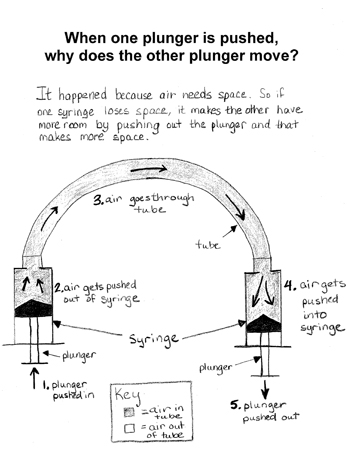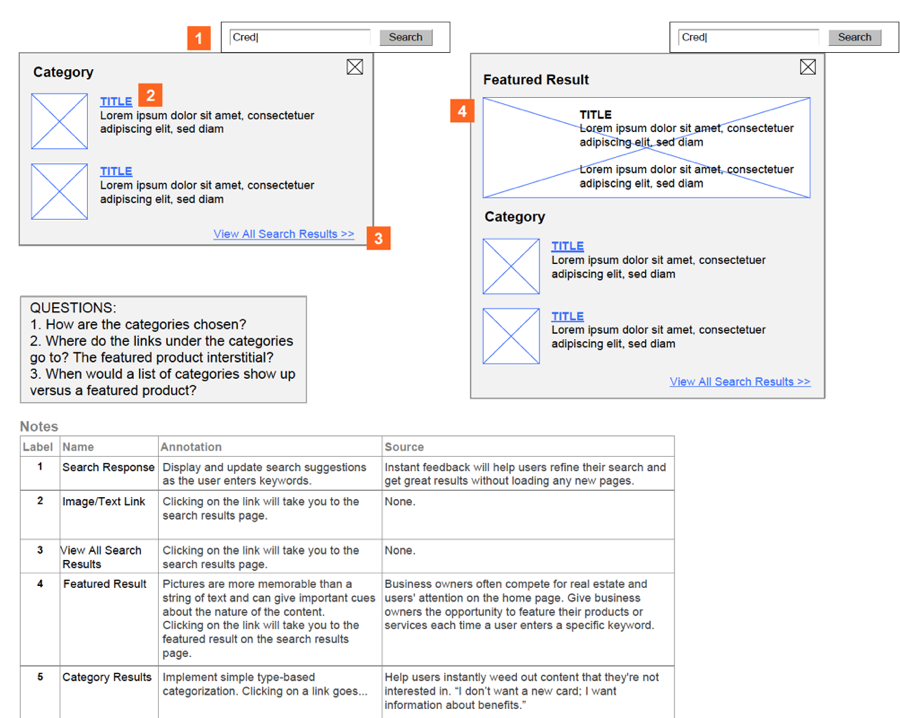All Annotations
Annotations, a form of metadata, provide data about a program that is not part of the program itself. Annotations have no direct effect on the operation of the code they annotate. Annotations have a number of uses, among them: Information for the compiler — Annotations can be used by the compiler to detect errors or suppress warnings. Annotations is a Java API that enables JVM to recognize the type of the method defined in the test class. There are ‘lifecycles call back annotations’ that are frequently used. = Visit Here To Learn JUnit From Scratch. What You Will Learn: hide. Annotations is a Java API that enables JVM to recognize the type of the method defined in the test class. There are ‘lifecycles call back annotations’ that are frequently used. = Visit Here To Learn JUnit From Scratch. What You Will Learn: hide.
This tab lists all items found in the .xml documentation assets from the latest pre-release build. To modify this content, a pull request must be merged into the [next] branch.
@DefaultMember annotation, indicates that the member should have a VB_UserMemId attribute value (0) making it the default member of that class. Use the quick-fixes to 'Rubberduck Opportunities' code inspections to synchronize annotations and attributes.

Annotations In Java
@Description annotation, indicates that the member should have a VB_Description attribute to provide a docstring. Use the quick-fixes to 'Rubberduck Opportunities' code inspections to synchronize annotations and attributes.
@EntryPoint annotation, marks a standard or document module member as an entry point procedure that is not intended to be referenced directly from the code.
@Enumerator annotation, indicates that the member should have a VB_UserMemId attribute value (-4) making it the enumerator-provider member of that class, enabling 'For Each' iteration of custom collections. Use the quick-fixes to 'Rubberduck Opportunities' code inspections to synchronize annotations and attributes.
@ExcelHotkey annotation, indicates the presence of a VB_ProcData.VB_Invoke_Func metadata attribute value that maps a hotkey to a standard module procedure ('macro'). Use the quick-fixes to 'Rubberduck Opportunities' code inspections to synchronize annotations and attributes.

@Exposed annotation, indicates the presence of a VB_Exposed module attribute value (True) to make a class visible to a referencing project (classes are otherwise private by default). Use the quick-fixes to 'Rubberduck Opportunities' code inspections to synchronize annotations and attributes.
@Folder annotation, used by Rubberduck to represent and organize modules under a custom folder structure.
@Ignore annotation, used by Rubberduck to filter inspection results at member and local level.
@IgnoreModule annotation, used by Rubberduck to filter inspection results module-wide.

@IgnoreTest annotation, used by Rubberduck for skipping a particular test when running the tests of a test module.
@Interface annotation, marks a class as an abstract interface; Rubberduck can use this valuable metadata in its code analysis.
@MemberAttribute annotation, indicates the presence of a hidden member attribute; allows specifying arbitrary VB_Attribute for members. Use the quick-fixes to 'Rubberduck Opportunities' code inspections to synchronize annotations and attributes.
@ModuleAttribute annotation, indicates the presence of a hidden module-level attribute; allows specifying arbitrary VB_Attribute for modules. Use the quick-fixes to 'Rubberduck Opportunities' code inspections to synchronize annotations and attributes.
@ModuleCleanup annotation, marks a procedure that Rubberduck executes after all tests of a module have completed.
How To Annotate A Paragraph
@ModuleDescription annotation, indicates the presence of a VB_Description module attribute value providing a docstring for the module. Use the quick-fixes to 'Rubberduck Opportunities' code inspections to synchronize annotations and attributes.
@ModuleInitialize annotation, marks a procedure that Rubberduck executes before running the first test of a module.
@NoIndent annotation, used by the 'indent project' feature to ignore/skip particular modules when bulk-indenting.
The annotation type Rubberduck uses for comments that correctly parse as annotations, but weren't recognized as such. Since this is not actually an annotation, it has no valid target.
@Obsolete annotation, marks a procedure as 'obsolete'. Rubberduck inspections can then warn about code that references them.
@PredeclaredId annotation, indicates the presence of VB_Predeclared module attribute value (True) that defines a default instance for the class, named after that class. Use the quick-fixes to 'Rubberduck Opportunities' code inspections to synchronize annotations and attributes.
What is Annotating?
Annotating is any action that deliberately interacts with a text to enhance the reader's understanding of, recall of, and reaction to the text. Sometimes called 'close reading,' annotating usually involves highlighting or underlining key pieces of text and making notes in the margins of the text. This page will introduce you to several effective strategies for annotating a text that will help you get the most out of your reading.

Annotations Definition
Why Annotate?
Annotation Examples For Students
By annotating a text, you will ensure that you understand what is happening in a text after you've read it. As you annotate, you should note the author's main points, shifts in the message or perspective of the text, key areas of focus, and your own thoughts as you read. However, annotating isn't just for people who feel challenged when reading academic texts. Even if you regularly understand and remember what you read, annotating will help you summarize a text, highlight important pieces of information, and ultimately prepare yourself for discussion and writing prompts that your instructor may give you. Annotating means you are doing the hard work while you read, allowing you to reference your previous work and have a clear jumping-off point for future work.




